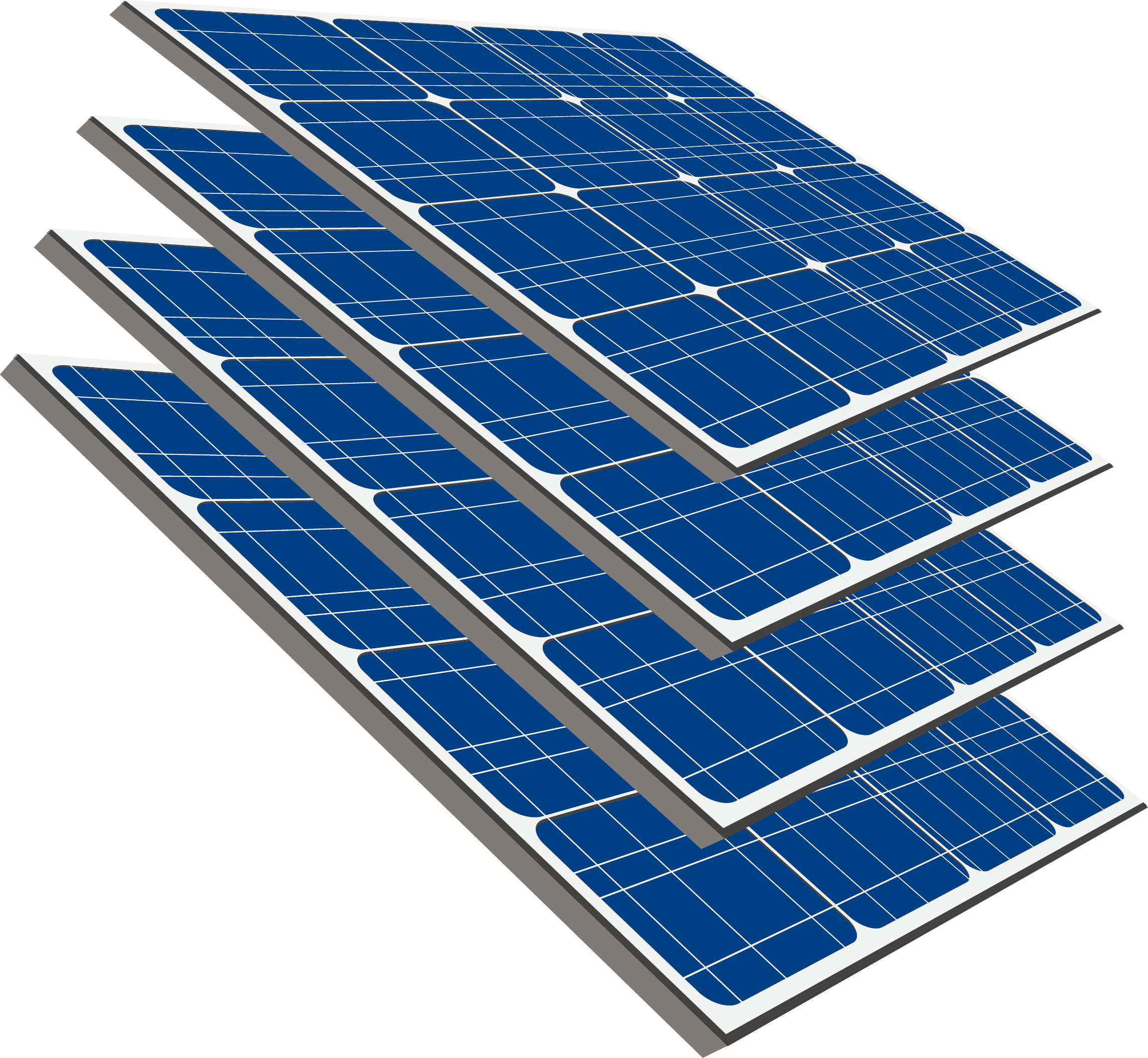Solar Tuki: Lighting Up Rural Nepal For many in rural Nepal, nightfall means darkness. Without access to electricity, families often rely on kerosene lamps—dim, costly, and harmful to health. But in recent years, an innovative solution has been quietly transforming lives: the Solar Tuki.
For many in rural Nepal, nightfall means darkness. Without access to electricity, families often rely on kerosene lamps—dim, costly, and harmful to health. But in recent years, an innovative solution has been quietly transforming lives: the Solar Tuki.

For decades, rural Nepal has relied on kerosene lamps for evening light. While cheap to buy, kerosene lamps come with serious downsides:
In many villages, the absence of electricity doesn’t just mean darkness—it means missed opportunities for education, business, and community growth.
The Solar Tuki is a small, portable LED lamp powered by a solar panel. During the day, the panel charges a rechargeable battery; at night, the stored energy provides bright, steady light without the smoke or cost of kerosene.
Key Features:
The introduction of Solar Tuki has created ripple effects across rural Nepal:

In Dolakha district, a farmer named Maya used to spend evenings in near darkness, limiting her work to daylight hours. Since getting a Solar Tuki, she weaves baskets at night and sells them in the local market—doubling her income. In Jumla, students gather in Solar Tuki-lit community halls to read and share knowledge. For them, light has become the key to a brighter future.

Organizations, NGOs, and social enterprises are working together to distribute Solar Tukis to the most remote regions of Nepal. However, challenges remain—including funding, transportation to mountainous areas, and ensuring access to spare parts. With continued support from government, nonprofits, and the private sector, the Solar Tuki could one day replace kerosene lamps entirely in rural Nepal.